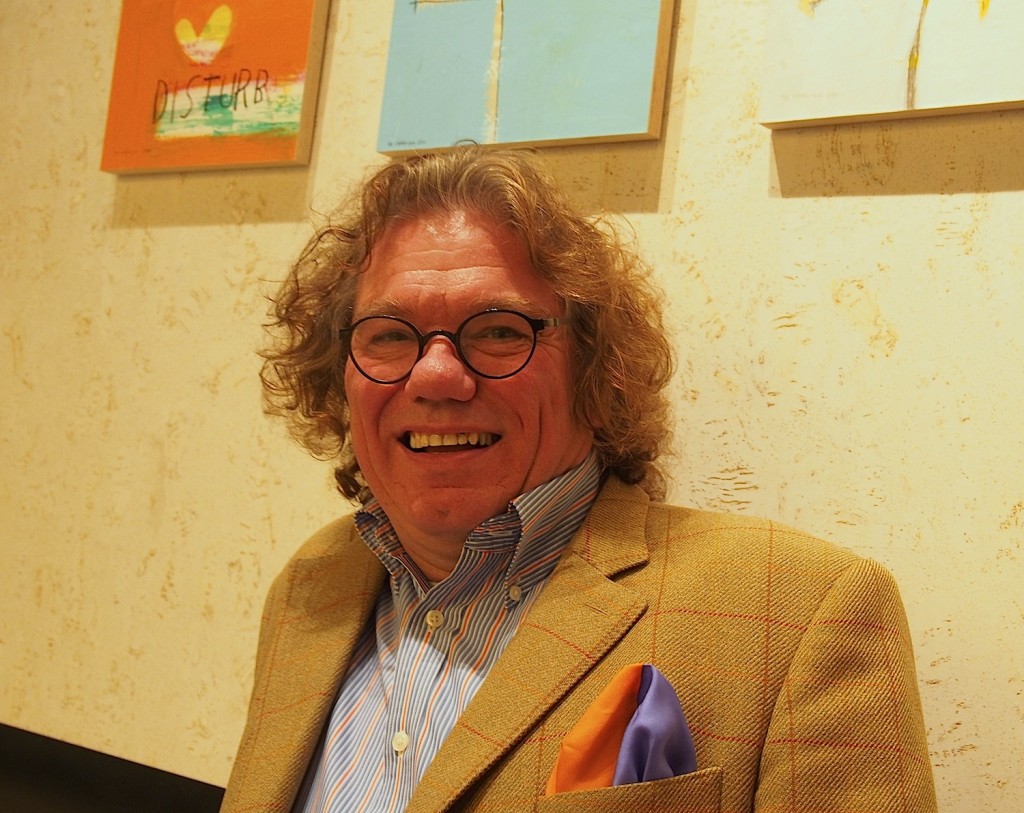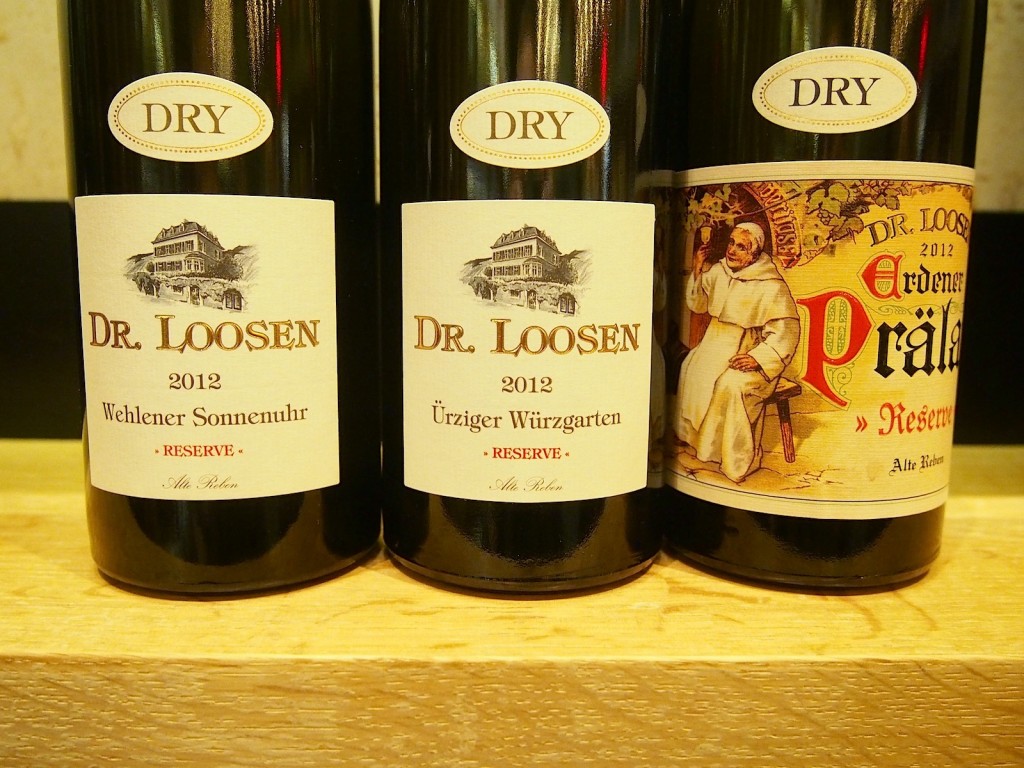In more or less it’s present form the GG (Grosses Gewächs) category of single-vineyard dry German wines goes back to the 2002 vintage, and during those years a bunch of things about this category have become standard practice to the point where they strike many people in the German wine scene as carved in stone and therefore beyond all discussion. One of those things is the principal that because the rules state the release of the GGs may not happen before September 1st of the year after the vintage that this is when those wines must be released. Although this is a major advance over the situation beforehand in which high-end dry Rieslings were sometimes being rushed onto the market less than 6 months after the grapes were picked, there is no evidence to back up the argument that making these wines so they can be sold from September 1st after the harvest is always ideal. In fact, September 1st has become the standard because most of the wine merchants and restaurants in Germany want to get their hands on these wines as soon as they can, according to the ancient motto SELL! SELL!! SELL!!!
That’s why what Ernst Loosen of the Dr. Loosen estate in Bernkastel on the Mosel, pictured above, is doing is so important. He’s question what the ideal way to make these powerful dry wines really is. Already his “regular” Riesling GGs don’t fit into the regular time frame, because they are released on November 1st after the vintage, and with the 2011 vintage he has created two new categories: GG Reserve that is aged for two years longer before release, and GG Hommage that will aged many years longer before sale. Of the latter category not one bottle has so far left the Dr. Loosen cellars except for tastings. “I think we will probably release the first of them, the 2011 Hommage from the Ürziger Würzgarten in 2021,” Ernst said, as if this was the most normal thing in the world to do. In today’s hectic wine world in which modern cellar technology makes it possible to bring wine to market within weeks of the harvest this is really seriously abnormal!
There’s much more though. To understand what he’s doing properly you have to realize that Ernst’s not just hanging on to these wines longer, that is being more patient, these dry Rieslings are spending almost the entire time until bottling sitting in the traditional Mosel Fuder (1,ooo liter / 263 gallon) barrels on the full deposit of yeast left from fermentation, also called gross lees. By not disturbing the lees, much less regularly stirring them (what the French call batonage), and this means that for at least two year much of that yeast remains alive, helping to keep the wine fresh and gently “feeding” it as they very slowly breaks down. This is the way Ernst’s great-grandfather Peter Loosen made his dry wines (he only made dry wines until 1953). Of course, this is an interesting and highly unusual method, but the proof is in the tasting, and yet more importantly in the drinking.
That’s why the tasting Ernst staged this afternoon at the Aldo Sohm Wine Bar in NYWC (New York Wine City) was so important. He provided two chances to compare three of these wines, of which the first comparison was the vital one for seeing what the difference between the same wine after one year on the full lees, two years on the full lees and three years on the lees are. Those three wines were all dry 2011 Ürziger Würzgarten Riesling GGs and were made from the same lot of grape juice picked in one corner of that site. The first of them was the “regular” version of this wines (one year), the second the Reserve (two years) and the third the Hommage (three years). The first of these was clearly the most developed of the trio and a little bit rustic compared with the others, but full of the herbal and berry character typical for this site with its red volcanic soil. The Reserve version was so much fresher, but also more elegant with more precisely delineated flavors, and to drink now the most pleasing. Then came the massive, almost monolithic and very closed Hommage. Those are not just my comments either, but were echoed by the other tasters, each of us finding our own words but coming to a very similar conclusion. Consumers often think this kind of unanimity is the norm in the wine scene, but actually it is really rare.
The second demonstration was the row of the 2012 Riesling GG “Alte Reben” Reserves from the Wehlener Sonnenuhr (grey slate soil), Ürziger Würzgarten and Erdener Prälat (red slate soil) sites, pictured above, that are about to be released on November 1st. They were bottled about one year ago and have been aged in bottle since then. The premium you will pay for this extended ageing process is about 100%. For example, according to winesearcher.com the regular Riesling GG “Alte Reben” from the Ürziger Würzgarten averages $37 retail. The Reserve version will therefore retail for about $75. But on to that crucial factor, the taste! The differing characteristics of these three sites were very clearly apparent. Although the Sonnenuhr didn’t have the floral notes many wines from this site that are bottled young show, it did have the peachy fruit and the combination of ripeness and sleekness. Likewise, the Würzgaren was true to its name – it means spice garden – reminding me of the smell of spices being roasted in a hot dry pan. There was also the hint of dried strawberry that sometimes enabled me to recognize the wines from this site in blind tastings. It was very complex, warm and cool elements mingling and a hint of wild strawberry. In contrast the Prälat was massive and much more reserved, and in spite of its abundant power and concentration still finished fresh. By the way, all of the wines described above clock in at between 12% and 13% alcohol; analytically they are not monsters by any means.
Any readers still suffering from the prejudice that dry Mosel Rieslings are lean and tart and therefore a mistake need to experience these wines. Possibly, some of the decision makers in the VDP producers association that governs the production of the GG wines also urgently need to taste them. It seems that some of them would prefer that Ernst Loosen didn’t push the Mosel Riesling envelope and didn’t make the best dry wines from the Middle section of the Mosel Valley in living memory as he is now doing!



![120114_riesling_global_RZ [1600x1200]](http://www.stuartpigott.de/wp-content/uploads/2015/10/120114_riesling_global_RZ-1600x12004.jpg)